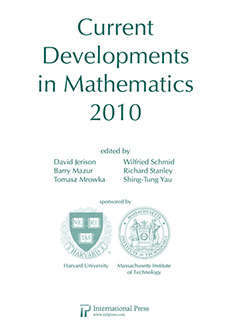Abstract
The data of a "2D field theory with a closed string compactification" is an equivariant chain level action of a cell decomposition of the union of all moduli spaces of punctured Riemann surfaces with each component compactified as a pseudomanifold with boundary. The axioms on the data are contained in the following assumptions. It is assumed the punctures are labeled and divided into nonempty sets of inputs and outputs. The inputs are marked by a tangent direction and the outputs are weighted by nonnegative real numbers adding to unity. It is assumed the gluing of inputs to outputs lands on the pseudomanifold boundary of the cell decomposition and the entire pseudomanifold boundary is decomposed into pieces by all such factorings. It is further assumed that the action is equivariant with respect to the toroidal action of rotating the markings. A main result of compactified string topology is the
Theorem 1 (closed strings). Each oriented smooth manifold has a 2D field theory with a closed string compactification on the equivariant chains of its free loop space mod constant loops. The sum over all surface types of the top pseudomanifold chain yields a chain $X$ satisfying the master equation $dX + X * X = 0$ where * is the sum over all gluings. This structure is well defined up to homotopy.
The genus zero parts yields an infinity Lie bialgebra on the equivariant chains of the free loop space mod constant loops. The higher genus terms provide further elements of algebraic structure called a "quantum Lie bialgebra" partially resolving the involutive identity.
There is also a compactified discussion and a Theorem 2 for open strings as the first step to a more complete theory. We note a second step for knots.
Information


